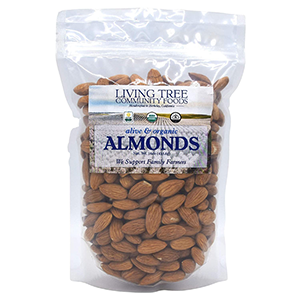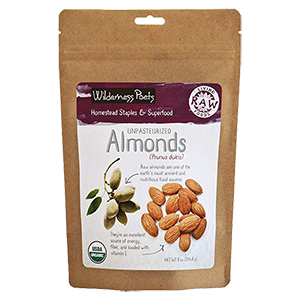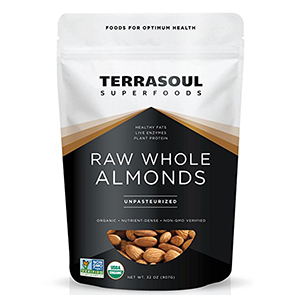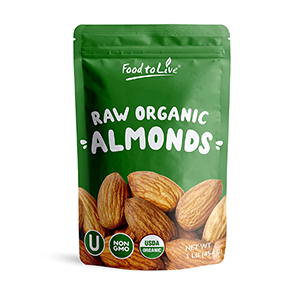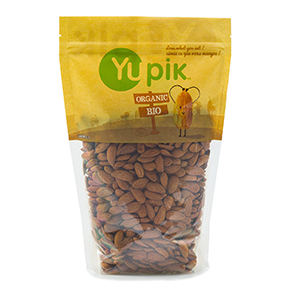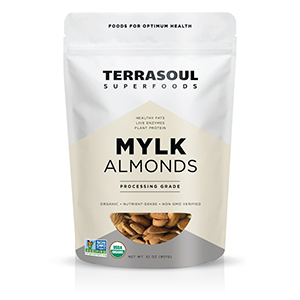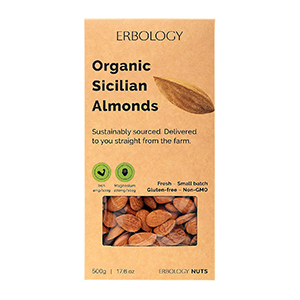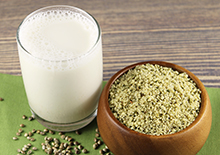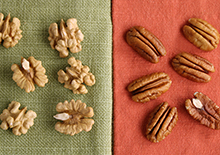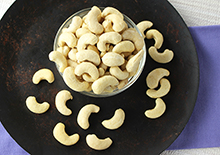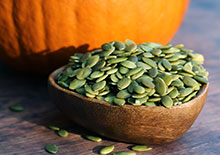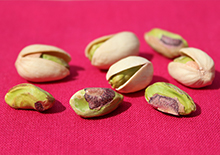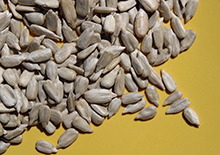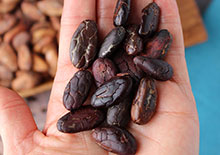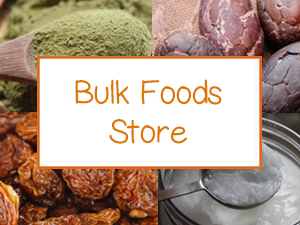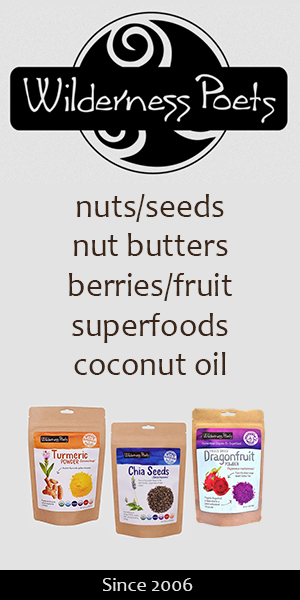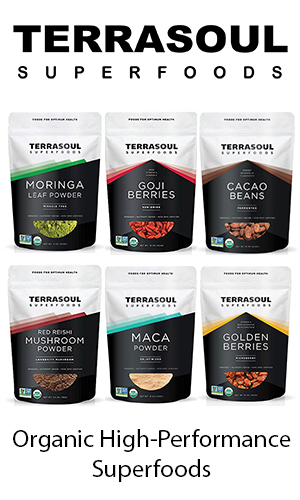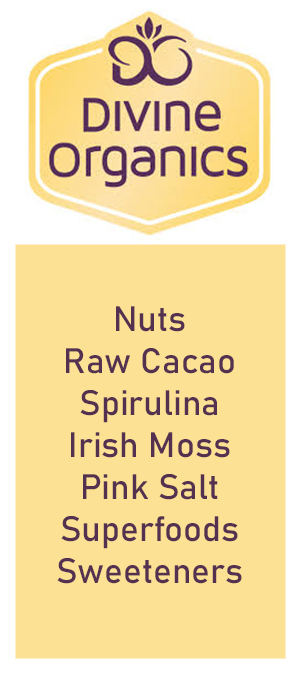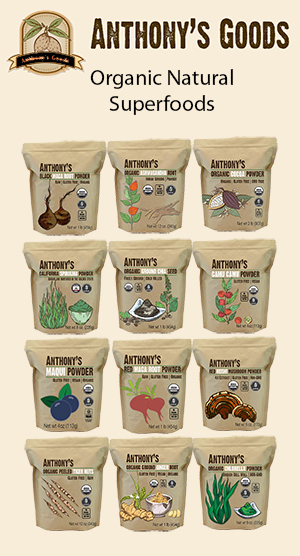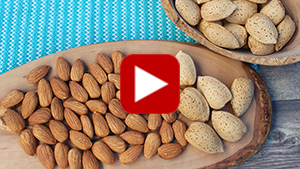- Home
- Nuts and Seeds
- Benefits of Almonds
5 Benefits of Almonds and Almond Milk
Healthy Attributes | Almond Milk | Nutrition Profile | List of Benefits | Multipurpose Uses | Precautions | Shop
Benefit #1 - Healthy Almond Attributes
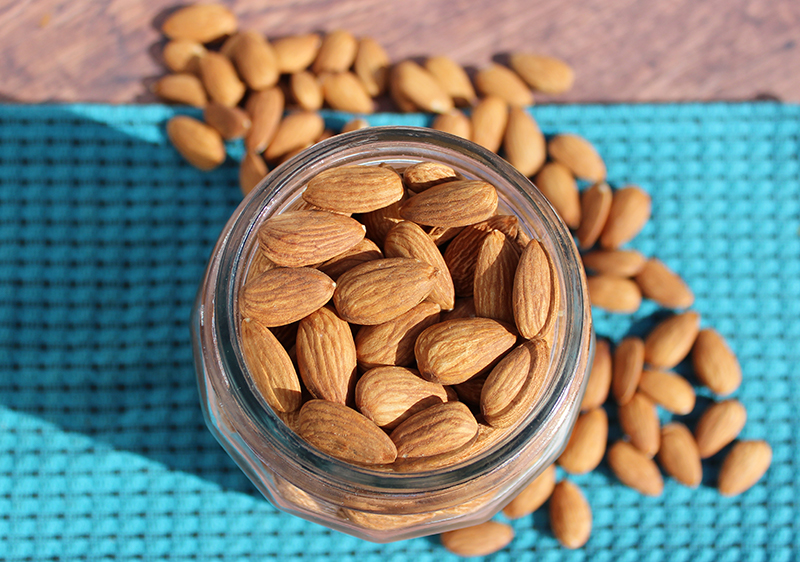
The almond comes from the Prunus dulcis species which produce both sweet and bitter almonds. Sweet almonds are the common edible variety most widely used since they don't contain high amounts of the potentially toxic cyanide compound.
Almonds are often considered a healthier choice over other types of nuts because, when raw and unroasted, they are higher on the alkaline side of the pH spectrum.
Being much less acidic, they are a better nut option for
those healing from a yeast overgrowth and/or trying to balance an overly acidic diet.
Table of Contents
Healthy Attributes | Almond Milk | Nutrition Profile | List of Benefits | Multipurpose Uses | Precautions | Shop
Both almonds and their streaked brown skins have been likewise claimed in some research to provide a prebiotic influence on intestinal microbiota.
Aside from
high fiber seeds like chia and flax, almonds are top on the list for FIBER content.
This aspect makes them a desirable snack food for keto diets because fiber will help to reduce overall carbohydrates. For example, one ounce (28g) of almonds is about 6.1 grams of carbs and 3.4 grams of fiber, giving them a net carb of 2.7 grams, the true value when trying to achieve ketosis.
For the highest quality
non-heat treated varieties, look for organic almonds labeled "Unpasteurized" rather than just "Raw". These are usually grown in European countries like Spain where steam pasteurization or chemical PPO treatment is not required.
Spanish
almonds, in particular, have been found to contain high amounts of beneficial antioxidant polyphenols.

Benefit #2 - Used to Make "Almond Milk"
Almonds were one of the very first nut varieties used to make a dairy-free milk alternative. Back in the 2000s, commercial boxed almond milk became a very popular substitute to vegan soy-based milk and its criticized goitrogen content.
At this time, we also experienced the newly established trend of making your own DIY almond milk from scratch, a very simple process that's better and much less expensive.
Almond milk was the preferred choice due to its neutral flavor and benefits as a lower-calorie option.
Almonds are typically soaked for several hours and then the liquid, containing much of the anti-nutrients like phytates, is strained. This has likewise made it a much more digestible milk compared to fattier nuts that don't necessarily require a straining process. One of the many advantages when making your own almond milk.
Even when high-speed blended with their skins (which we highly advise as the skin contains many beneficial polyphenols), the liquid still turns out a milky white color when strained through a nut milk bag.
Some people, however, may opt to blanch them briefly in warm water which makes the skins easy to remove before blending.
Benefit #3 - Almond Nutrition Profile
Almonds, like other nuts, are extremely concentrated foods containing within them the energy to grow an entire nut tree when unpasteurized. Nuts are sometimes called "protein-fats" because they're usually more fat than protein.
Almonds are good sources of plant-based PROTEIN with a one ounce serving size (about 25 almonds) averaging about 5.9g of protein, 12% of the Daily Value.
Likewise, they're comprised of healthy monounsaturated fat, as well as smaller amounts of polyunsaturated and saturated fat with one ounce averaging 14 grams total fat. One ounce of almonds is about 162 calories.
ALMONDS
(One Ounce - Raw Unroasted)
Protein - 5.9g, 12%
Fat - 13.8g, 21%
Carbohydrates - 6.1g, 2%
Fiber - 3.4g, 14%
Calories - 161 (674 kJ, 8%
Manganese - 0.6mg, 32%
Magnesium - 75mg, 19%
Phosphorus - 136mg, 14%
Copper - 0.3mg, 14%
Calcium - 73.9mg, 7%
Iron - 1.0mg, 6%
Potassium - 197mg, 6%
Zinc - 0.9mg, 6%
Selenium - 0.7mcg, 1%
Sodium - 0.3mg, 0%
Vitamin E (α-Tocopherol) - 7.4mg, 37%
Riboflavin - 0.3mg, 17%
Niacin - 1.0mg, 5%
Folate - 14.1mcg, 4%
Thiamin - 0.1mg, 4%
Pantothenic Acid - 0.1mg, 1%
Vitamin B6 - 0.0mg, 0%
Vitamin K - 0.0mcg, 0%
Nutritionally speaking, almonds are a good source of vitamin E, B vitamins like riboflavin, niacin and folate plus the minerals manganese, magnesium, phosphorus and copper. One ounce is approximately 7% the daily value for calcium requirements and 6% for iron, based on a 2,000 calorie adult diet.
Making nut milk from almonds concentrates these vitamins and minerals and makes them more bioavailable as well as easier to digest.
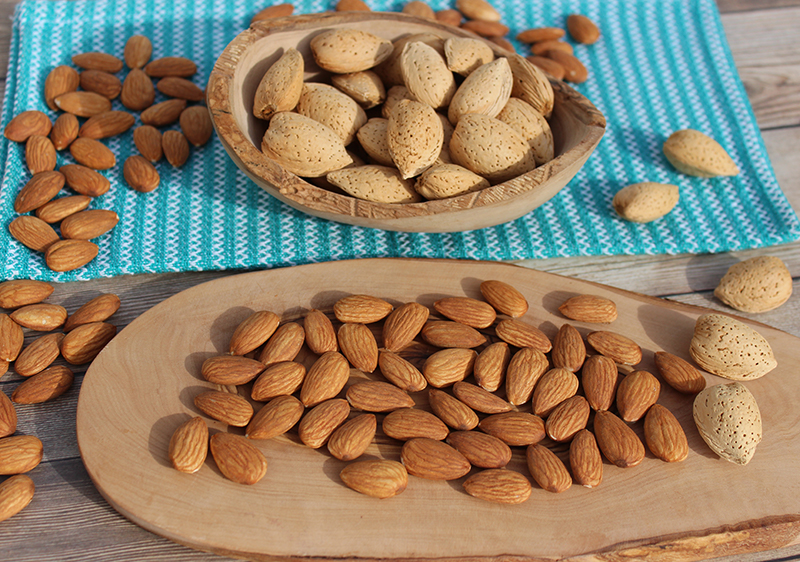
Benefit #4 - List of Researched Health Benefits
High Cholesterol
There has been quite a bit of evidence in research that including almonds in the diet can help to support healthy cholesterol levels. In one trial, almonds were identified as a strategic substitute for high-carb snack foods when on a cholesterol-lowering protocol.
Likewise, 10 grams a day (about 10 almonds) before breakfast may help support HDL or high-density lipoproteins, often deemed the "good cholesterol".
Almonds, like other nuts, are also a source of phytosterols, substances proposed to help modulate cholesterol metabolism. (*)
Weight Loss
Almonds have been studied for their benefits as a nutritious low-carb snack food when maintaining a healthy body weight because they satisfy the appetite and curb the urge to reach for unhealthy high-calorie snacks.
Additional research on the effects of an almond-enriched diet on overweight women was found to support gradual weight reduction due to improvements in liver enzymes.
Almond milk can also offer a healthier option over cow's milk if you're looking to lose unwanted pounds.
Phytoestrogens
Almonds are notably high in phytoestrogens, not as much as sesame or flax, but higher than most others. Phytoestrogens can be considered nutritive substances depending on amount consumed and one's particular health condition.
Dietary phytoestrogen intake is often recommended to menopausal women as a useful food for suppressing symptoms. These sources, however, should be largely avoided if you have thyroid issues as phytoestrogens can act as endocrine disruptors.
Blood Sugar
Some studies indicate that including almonds in a well-balanced healthy diet can have a positive influence on glycemia or blood sugar levels.
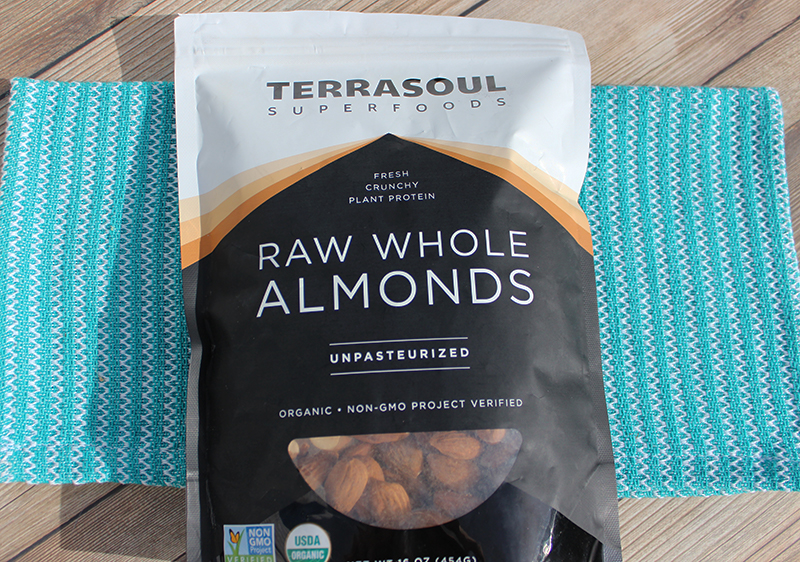
Benefit #5 - Multipurpose Almond Uses
1) Almond Snack - There is nothing like the quality of an almond that is freshly cracked from its shell. Another one of our preferred ways to eat almonds is to soak and dehydrate them first.
This gives them a pleasant crunchy texture that can be easier to digest. They can also be seasoned with spices, salt or sweeteners before drying for a tasty on-the-go snack food.
2) Almond Milk - Another favorite way we've already discussed is using almonds to make a vegan non-dairy milk alternative.
3) Almond Flour - This is a common gluten-free flour option that is usually incorporated with other flour types into recipes.
4) Almond Butter - Almond butter is a type of nut butter made from grinding almonds into a paste. It's sometimes used as a substitute for peanut butter.
5) Almond Ferments - Almonds can be used to make aged seed cheeses and the milk can be used to make vegan kefir.
6) Almond Drinks - Almonds, especially, when soaked and strained, can be blended or processed into shakes and smoothies.
7) Almond Oil - Of course, like some other nuts and seeds, almonds can be pressed to make almond oil. It's commonly utilized more for the skin and hair than for culinary purposes. We recommend unrefined almond oil over refined which is higher in vitamin E.
8) Almond Extract - While almond extract is a common household flavoring, it's not made from sweet almonds but rather by extracting the flavorful components of bitter almond or other stone fruit kernels.
Precautions:
Nuts should, of course, be avoided by those who have allergic reactions after consuming them. Consult your nutritionist or health care provider before adding almonds to your diet if you are pregnant, nursing, are taking prescribed medications or have a serious medical condition.
Shop Related Products (About Affiliates & Amazon Associate Paid Links)
Affiliate Disclaimer: This section contains affiliate product links. If you make a purchase through our recommended links, we receive a small commission at no additional cost to you. Thanks for the support.
Our YouTube Video


